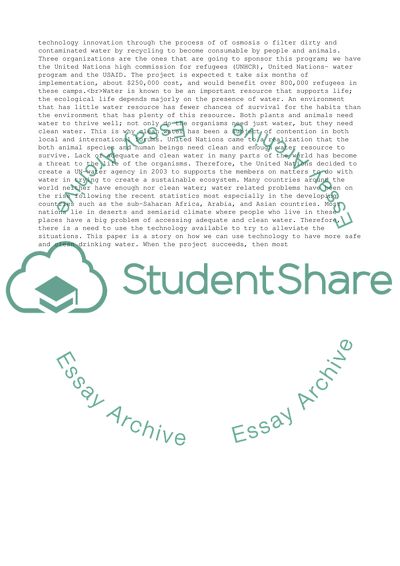Cite this document
(“Final Project: HTI Hydration technology innovation Filters Essay”, n.d.)
Retrieved de https://studentshare.org/management/1689756-final-project-hti-hydration-technology-innovation-filters
Retrieved de https://studentshare.org/management/1689756-final-project-hti-hydration-technology-innovation-filters
(Final Project: HTI Hydration Technology Innovation Filters Essay)
https://studentshare.org/management/1689756-final-project-hti-hydration-technology-innovation-filters.
https://studentshare.org/management/1689756-final-project-hti-hydration-technology-innovation-filters.
“Final Project: HTI Hydration Technology Innovation Filters Essay”, n.d. https://studentshare.org/management/1689756-final-project-hti-hydration-technology-innovation-filters.


